To better understand what LED future beholds, we must first look at the past and where this technology has begun. For instance, who invented the first LED light, when was it originated, and are there any other (better) options for incredible lighting than LEDs!?!
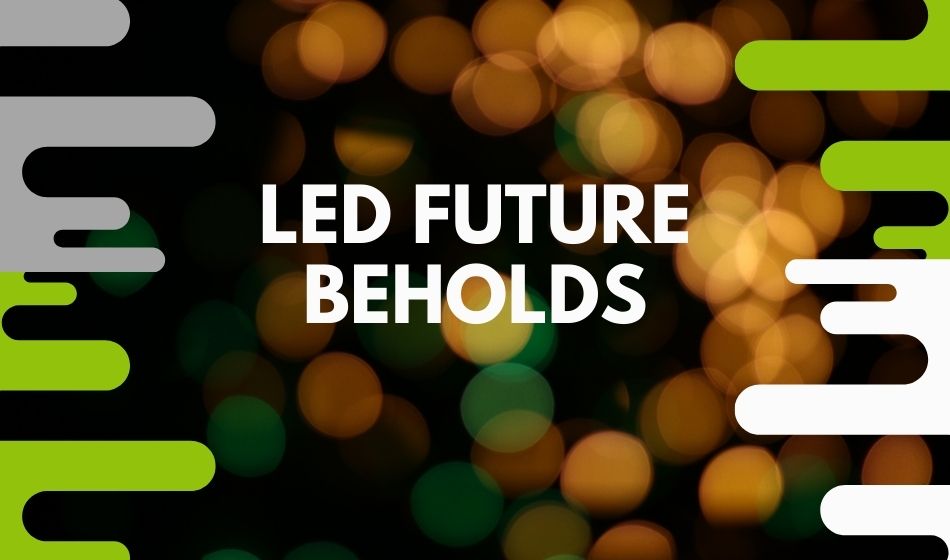
The basics state: lighting dates back 120,000-year BC when humans widely used fire to enlighten their places. However, after the 18th century, better lighting alternatives have begun popping up in the market — made living content. Since then, life became content, but there have been significant improvements seen in lighting technologies.
At first, the primary lighting technologies comprise:
· Fluorescent lights
· Incandescent light bulbs
· Metal-halide lamps
· And, LEDs — light-emitting diodes
These technologies have a powerful yet unique set of qualities that set them apart from other lighting options like gas lamps.
Let’s Get to know about each of them, in detail:
Fluorescent Lamps:
According to research, the first kind of lighting was fluorescent lamps, which were demonstrated by A. E. Becquerel in 1867. It is known as one of the modern lamps patented by Edmund Germer in 1926.
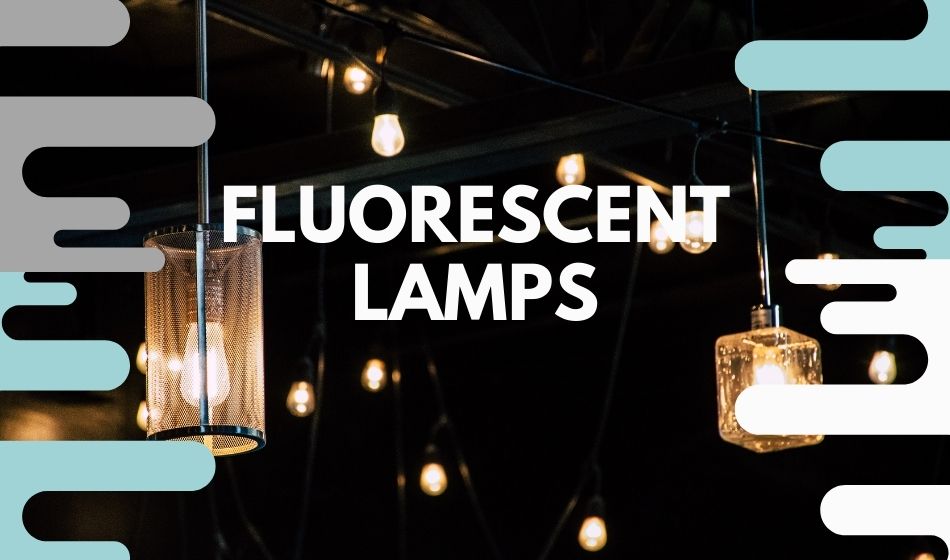
Fluorescent lights last long for at least a year offering brighter illumination (compared to LED flood lights) because of having higher luminous efficacy. The best thing about fluorescent lamps is that they don’t consume as much energy as incandescent bulbs.
The only downside of these lights at this time of advancement is their cost. It is pretty expensive compared to other options like floodlights which most led flood lights manufacturer produce at economical rates. Additionally, this light might use mercury, which is considered hazardous waste for human health.
Incandescent Lights:
These lights are probably the oldest and quite popular lighting fixtures of the 20th century, first invented by Thomas Edison and Joseph Wilson Swan back in 1879.
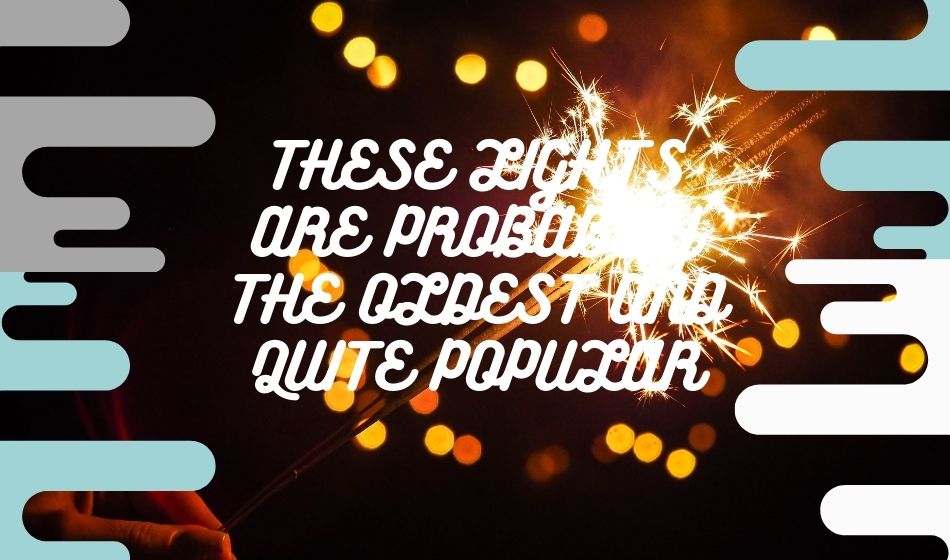
It is one of the practical, durable, economically viable, and efficient alternatives of lighting. However, the time passes by, the technologies like metal-halide lamps and LEDs get advanced, making incandescent lose popularity.
In the proceeding few years, it is said that no one might be using incandescent light bulbs due to their lower lifespan and heating issues. Also, these lights offer low-quality light and are very expensive to maintain.
Metal Halide Lamps:
Same as incandescent bulbs, the metal halides operate on similar principles. The critical difference between both of them is the usage of mercury to achieve better lighting.

When we look at the performance, metal halides are efficient, durable, and brighter in effects compared to other options of lighting. Note that: metal halides are highly applicable for the outdoor lighting alternatives, as it is made with weather-resistant feature and could withstand the harsh environment.
However, the thing that causes the poor image is that they might explode anytime they reach their lifespan limits. In addition, as we know, it owns mercury is a significant component, which makes them hazardous as fluorescent lamps.
LED Lights:
The LED stands for light-emitting diode and booming around since 1995, invented by Shuji Nakamura. After then, LEDs have been determined to be the best and most effective lighting alternatives in today’s advanced world in order to know more about it click here.
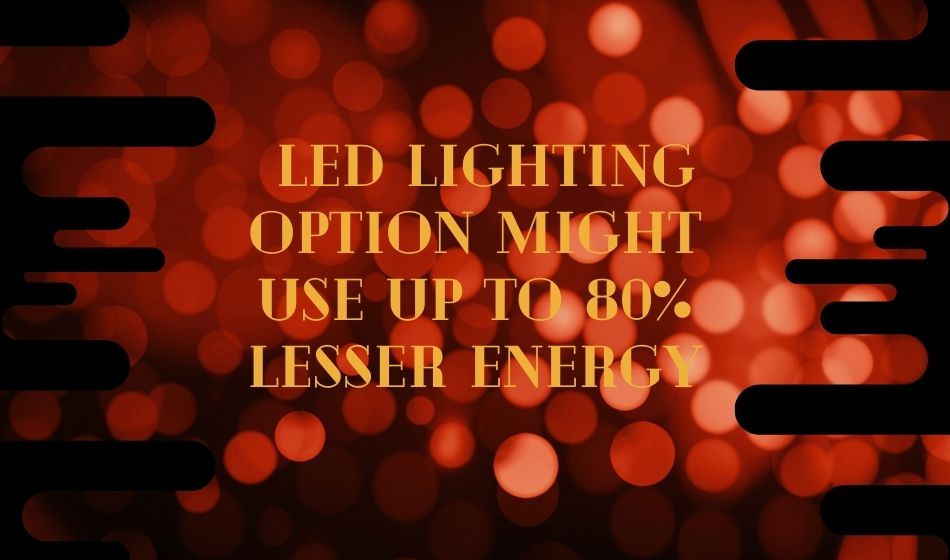
Are you wondering how? So basically, the LED lighting option might use up to 80% lesser energy than other lights; it results in an 80% reduction in electricity bills. In addition, LED lights last longer for up to 100,000 hours — hence, cutting down the cost of maintenance and replacements.
Several increased benefits motivate us to buy and use the LED lights over incandescent lights. And according to Statistics, LED lights are penetrating the global lighting industry, which might reach 61% by 2022.
Therefore, the future of LED lighting looks brighter in many ways already.
Now that you’re all done with the history of lighting alternatives and technology let’s dig out the future growth of LEDs by comparing it with other options. But what benefits and perks we could count on that are making it the best lighting fixture?
To find out, a few of the comparisons have to be made; let’s take a sneak peek:
LED VS Incandescent lights:
By now, you might know, LEDs are better than other lighting options in many ways, one of which: it’s cheap in prices and have real benefits. On average, the cost of one LED lighting fixture could help you fetch up to six incandescent bulbs.

While an incandescent bulb has a lifetime of 100 hours, LEDs offer you 100,000 hours, which is 100 times better and more durable in comparison. Besides, due to the high energy efficiency and production of LED lights, the usage of LEDs is enhanced.
LED VS Fluorescent Lamps:
So, if we compare LED to fluorescent lamps, we could come to know a lot more things — for instance,
· Fluorescent lights have mercury, while LEDs don’t.
· It is energy efficient and quite more durable than these fluorescent lights.
· The LEDs are not prone to heating issues while they do.
Similar to the given differences, there are many others to notice when it comes to the comparison of LEDs with metal-halide lights.
LED VS Metal-halide lamps:
LEDs are highly beneficial compared to metal halides; in fact, LED fixtures are better in all aspects comprising effectivity, efficiency, operational cost, durability, safety, and convenience.
Metal-halide light technology may have been the finest choice for outdoor lighting. However, with the high-performance, operational cost, safety, and on-point quality standards LED lights brought them down and took over the place.

Not to mention that metal-halide lights might consume a lot more energy than LEDs, and due to the cases of unexpected explosions, they’re lesser in use than LEDs.
Consequently, if you’re given a choice between LEDs and other alternatives, you might carelessly pick LED over any other option.
Penetration Rate of LED Lights:
If we talk about future projections, the end of 2021 might be when we see that LEDs’ light penetration rises to 53% or might be 61%. It means that not less than in a decade, LED lighting technology penetration might surpass the 90% mark. Isn’t it impressive? It surely is.
Lastly, let’s dig out a little more about a few things that seem to be working in favor of LED lighting growth in the future.
Market Applications Improving the Future of LED Lights:
As we are winding up, we might need to look at the things that are quickly accelerating the growth of LEDs. We know LEDs are highly applicable and in-demand; they might be used in all kinds of environments and are made with extra features compared to others.
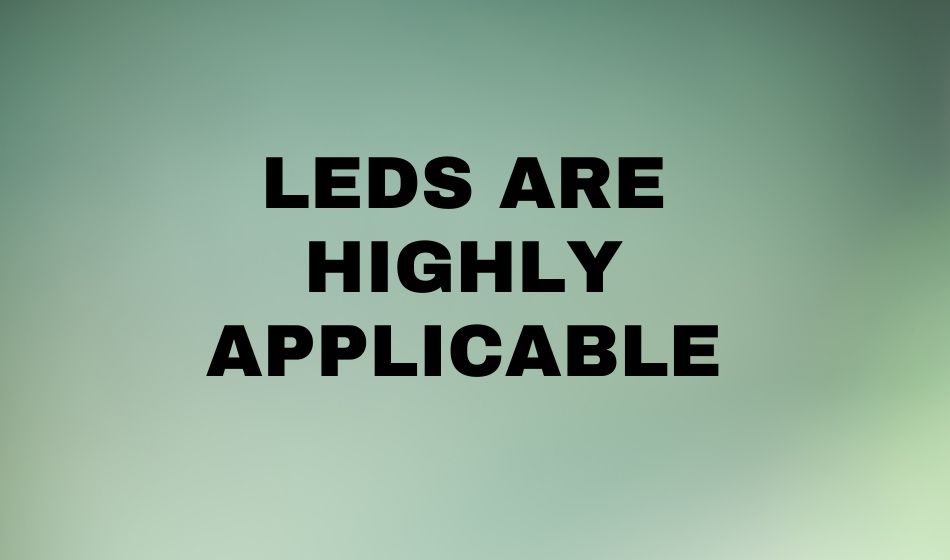
Smart LED lighting is one of the applications enhancing the efficiency of lighting technology, which is achievable by:
· Automation control
· Daylight sensors
· Dimming features
· Mercury-free lighting
Features like these LED lights make them more appealing for the buyers looking out for the best lighting option for their spaces.
Similar to this, Niche LED lighting is another application becoming a trend in the interior designing world.
It involves the fitting of LED lights into a wall niche or alcove, which allows fully or semi-recessed, as per the décor preferences of designers.
Top LED Light Manufacturer:
Top LED lights manufacturers are striving 24/7 to enhance the life of LED lighting technology.
Countries like Shenzhen, Ningbo, and Zhongshan are being the best manufacturers, but Shenzhen is known as the manufacturer of the best-led light. The fun fact is that the town of Guzhen might be known as China’s Lighting Capital, located in Zhongshan city.




